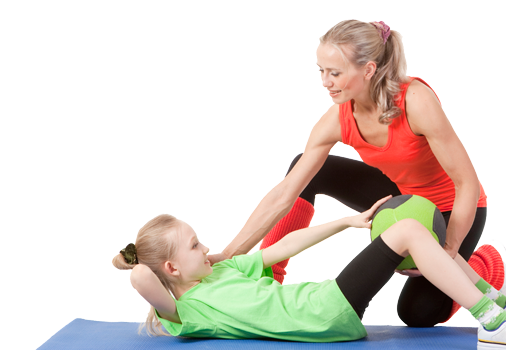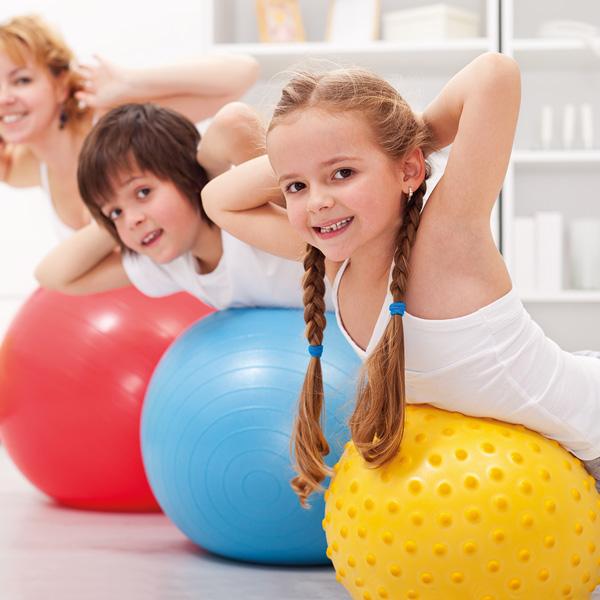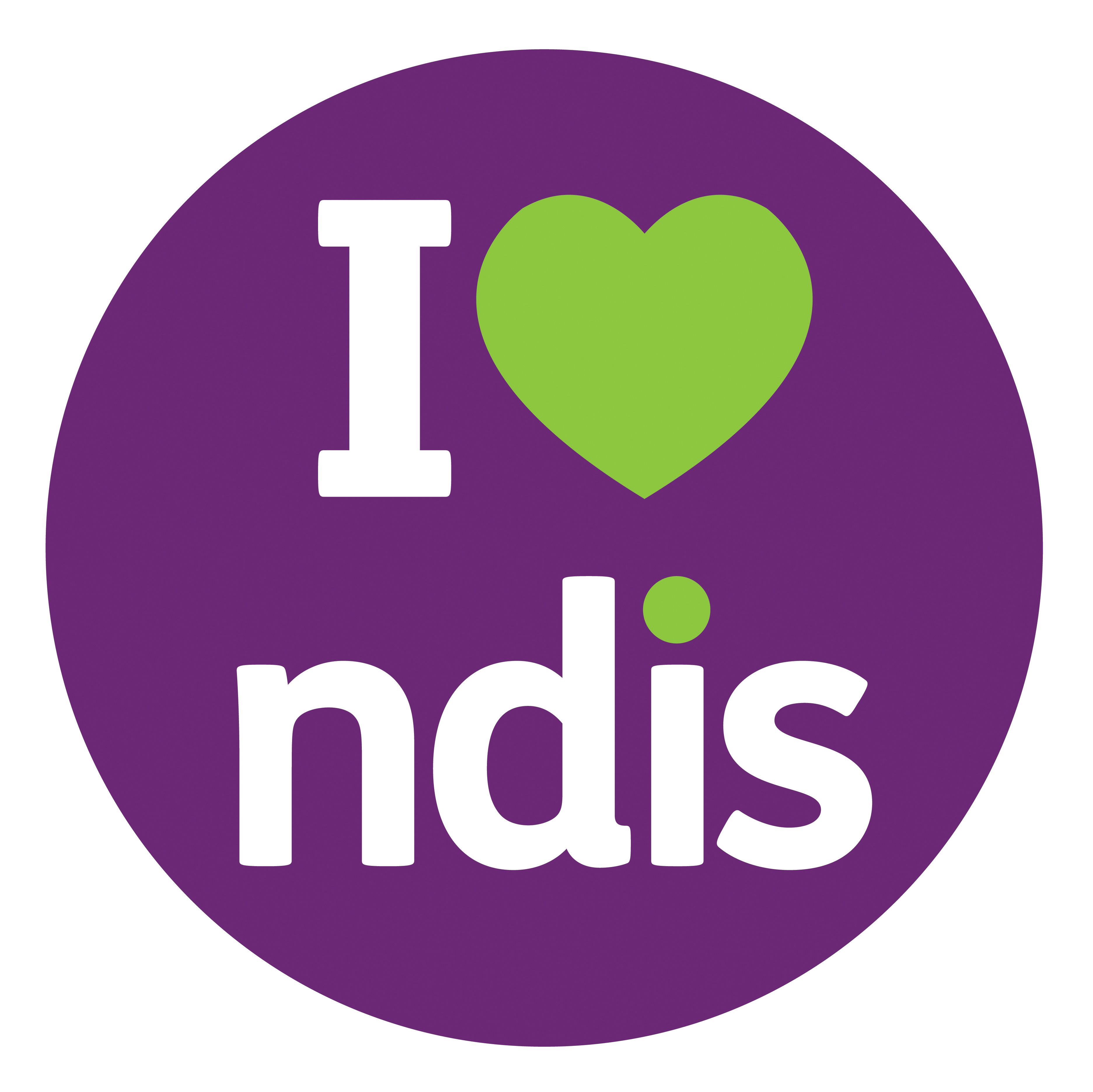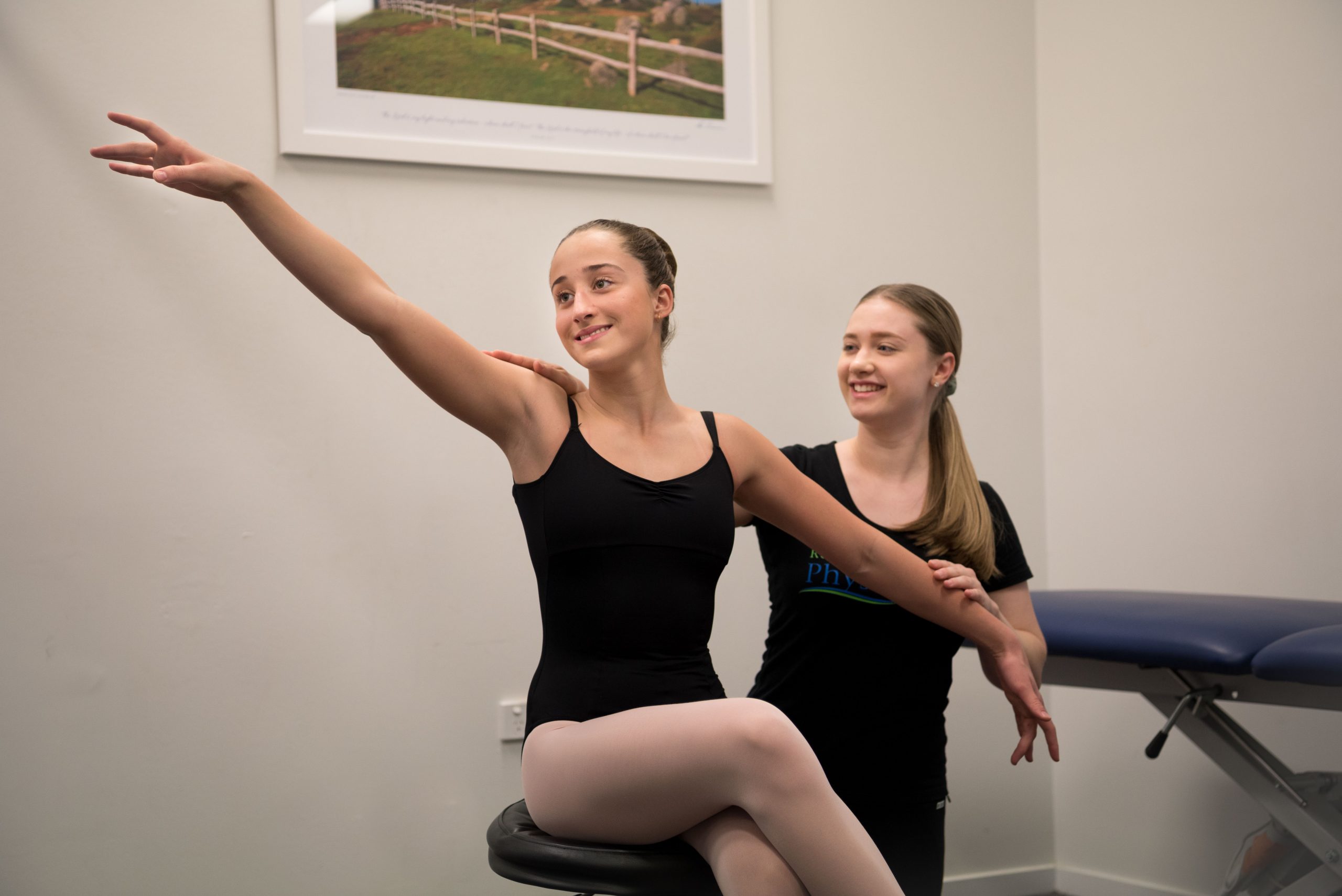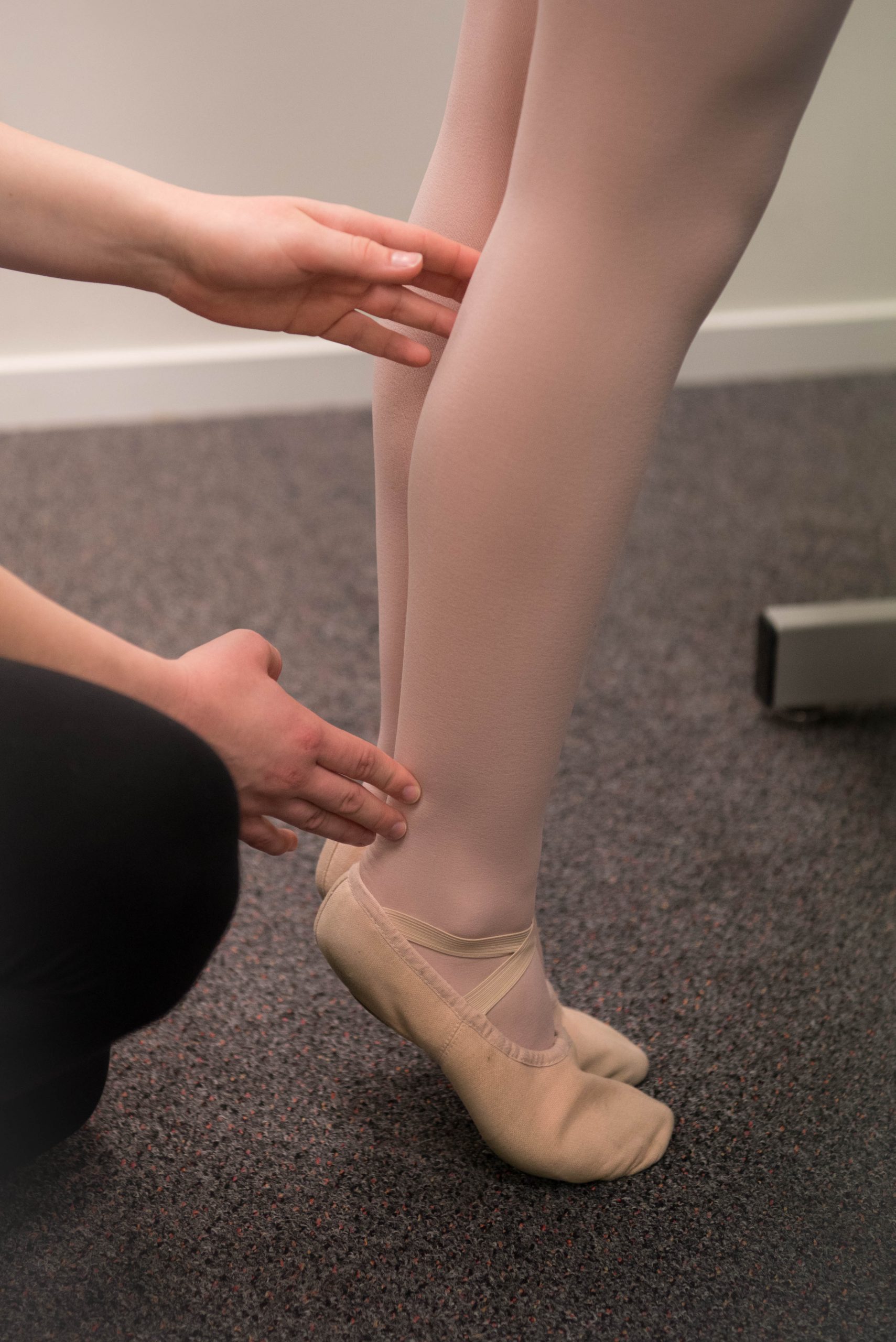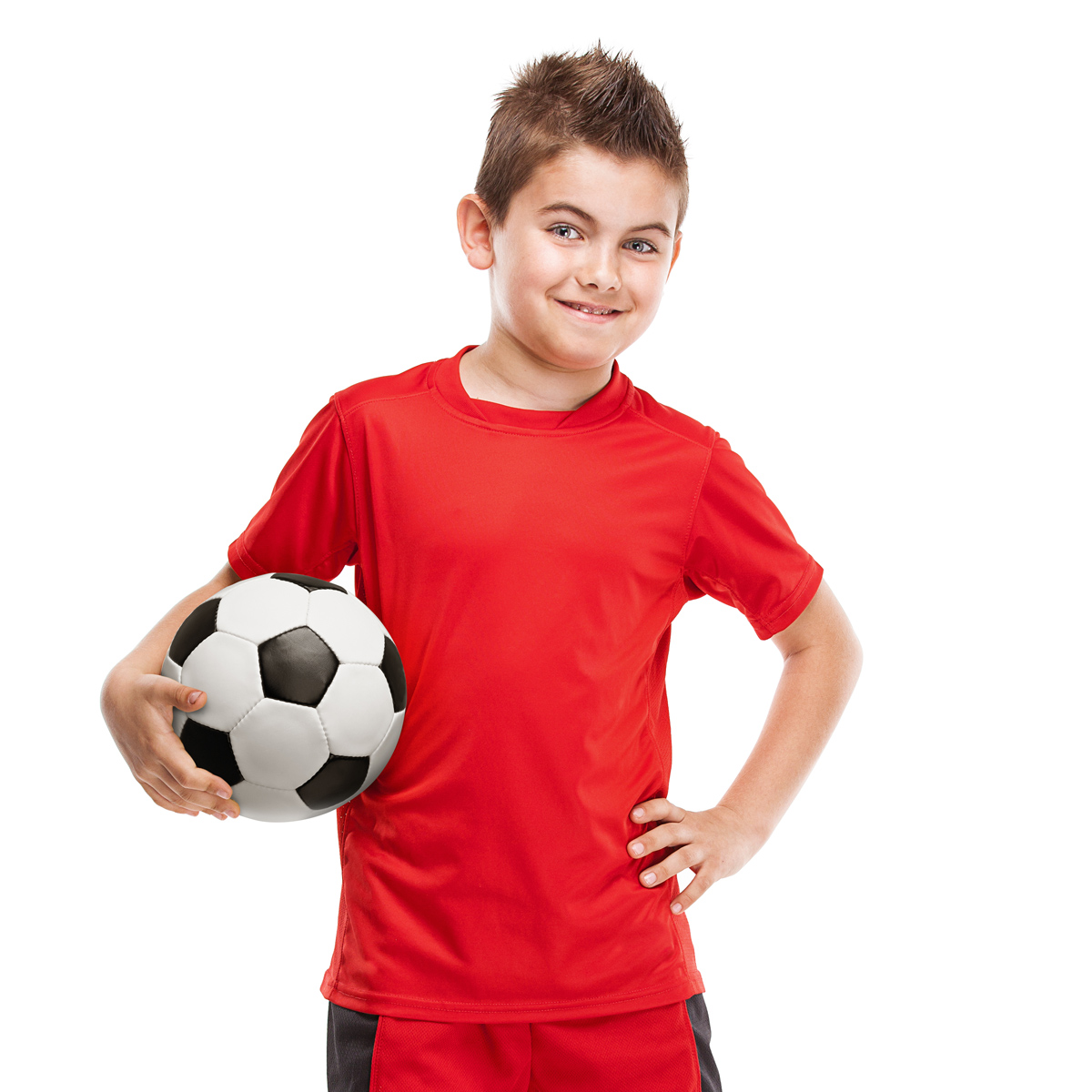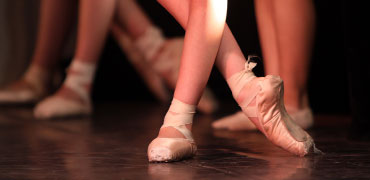
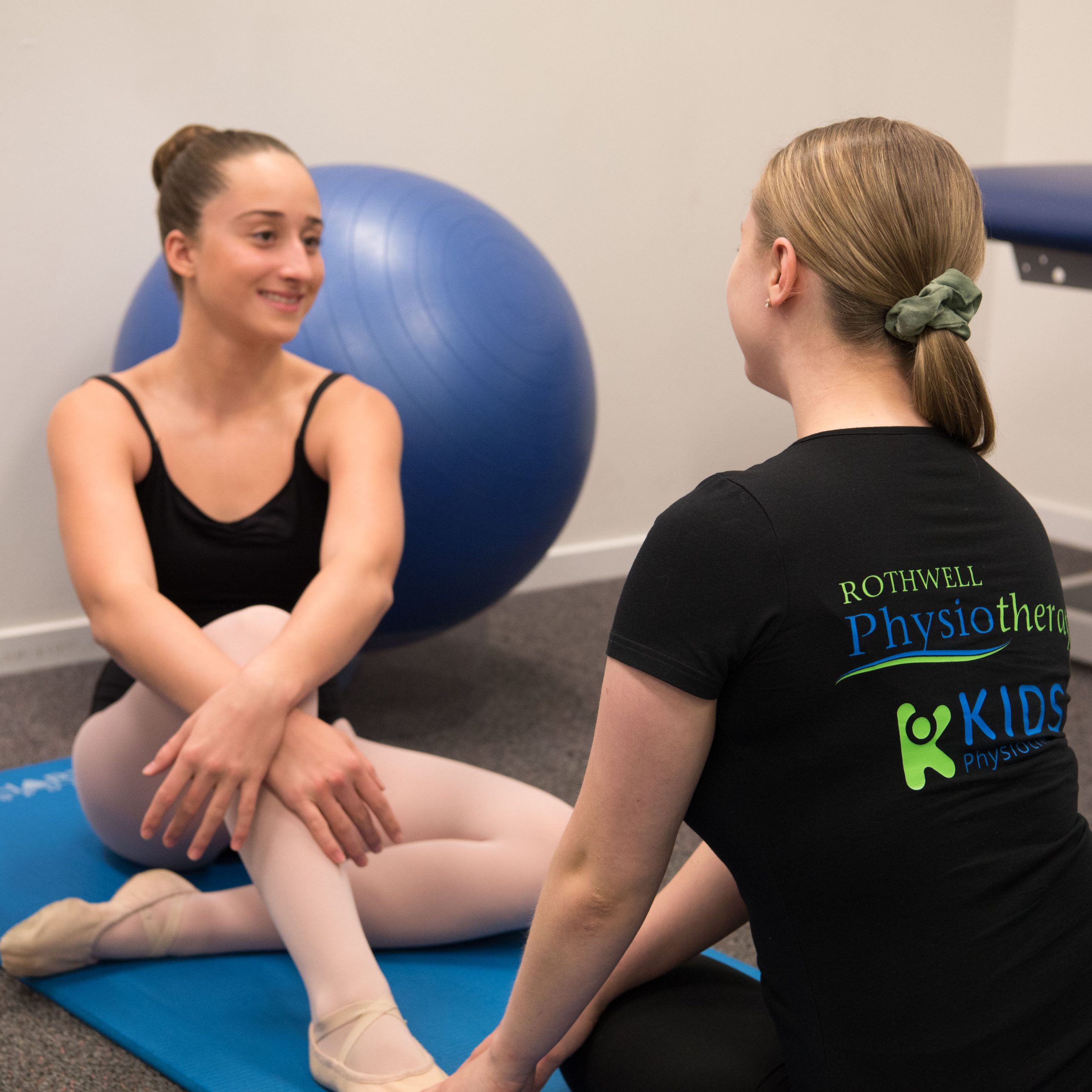 We have physiotherapists at Kids Physiotherapy that are experienced in reducing the risk of injuries, recovering from injury and improving sports performance.
We have physiotherapists at Kids Physiotherapy that are experienced in reducing the risk of injuries, recovering from injury and improving sports performance.
The age of young athletes in sports has a significant implication on the risk factors of sports injuries. There is an increase in the proportion of sports related injuries when children are aged between 10 and 13 years. This is attributed to stages of “growth spurts” or periods of rapid growth in kids.
During “Growth Spurts” there is a lag in the lengthening of muscles compared to the lengthening of bone, which in turn results in a temporary decline in coordination, balance, muscle tightness, muscle weakness and reduced body awareness. Furthermore, the rapid increase in overall height of the child rapidly raises their centre of gravity, and this occurs so rapidly that they haven’t learnt to adapt to this change with balance. This increases the risk of sports injury and reduces sports performance.
This period of performance awkwardness associated with growth spurts in young athletes can be very frustrating for coaches, trainers, parents and the child themselves.
At Kids Physiotherapy we are very knowledgeable of adolescent growth spurts and can help implement a training program to help to alleviate and reduce athletic awkwardness and risk of injury by focusing on improving:
- Movement-based strength
- Overall fitness
- Speed and agility
- Plyometric work
- Body awareness and proprioception
- Muscle length
- Confidence in the child
We are actively involved with kids, families and coaches from various sports and local teams involving:
- Swimming
- Gymnasts
- Dance
- Tennis
- Netball
- Basketball
- Cricket
- Martial Arts (Tae Kwon Do, Jui Jitsu)
- Football & Soccer
- Little Athletics
